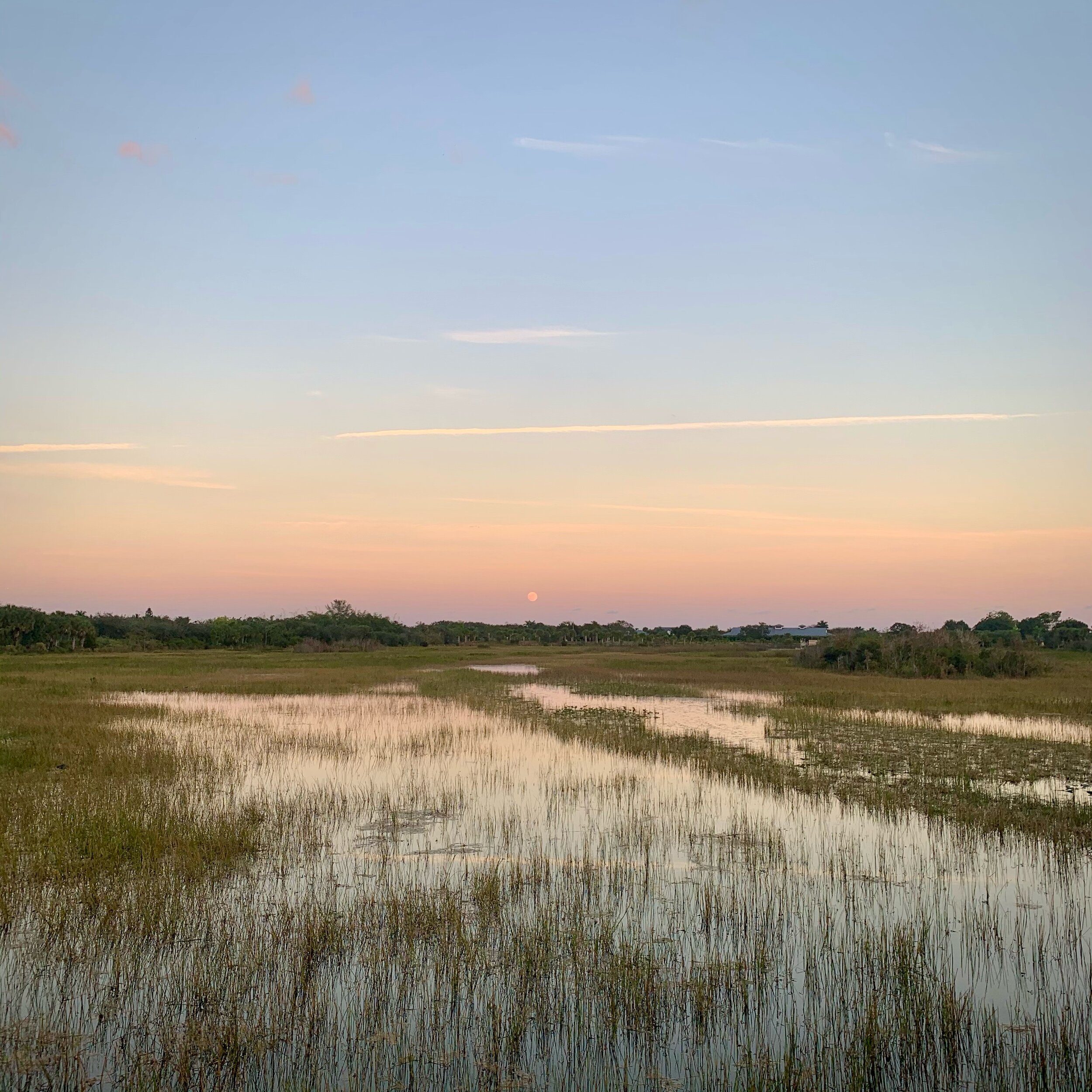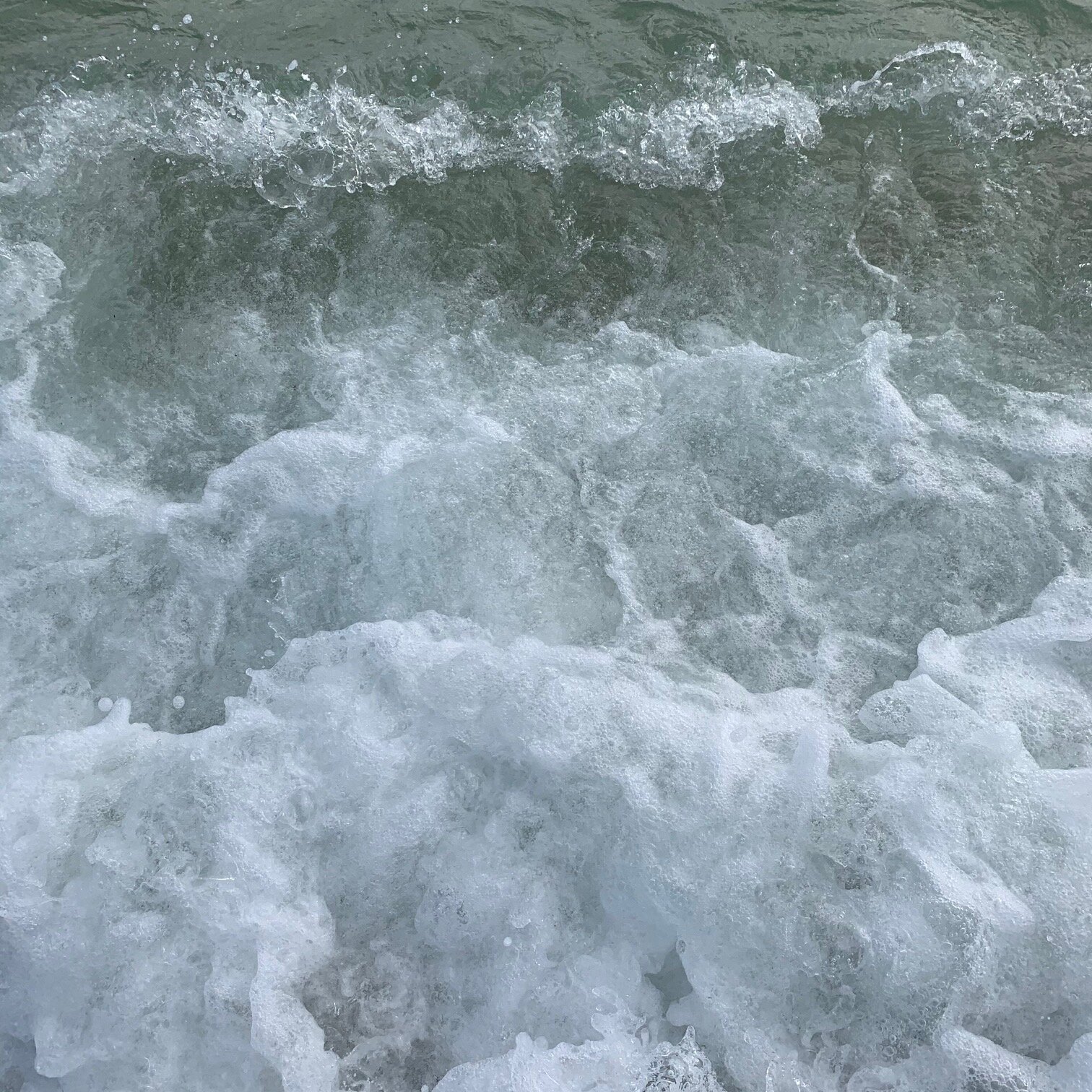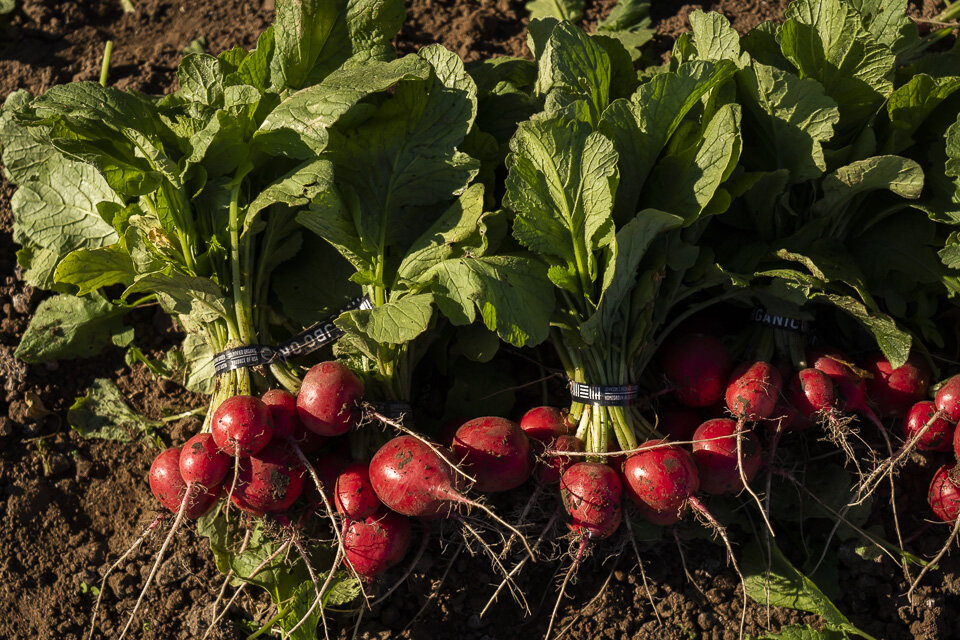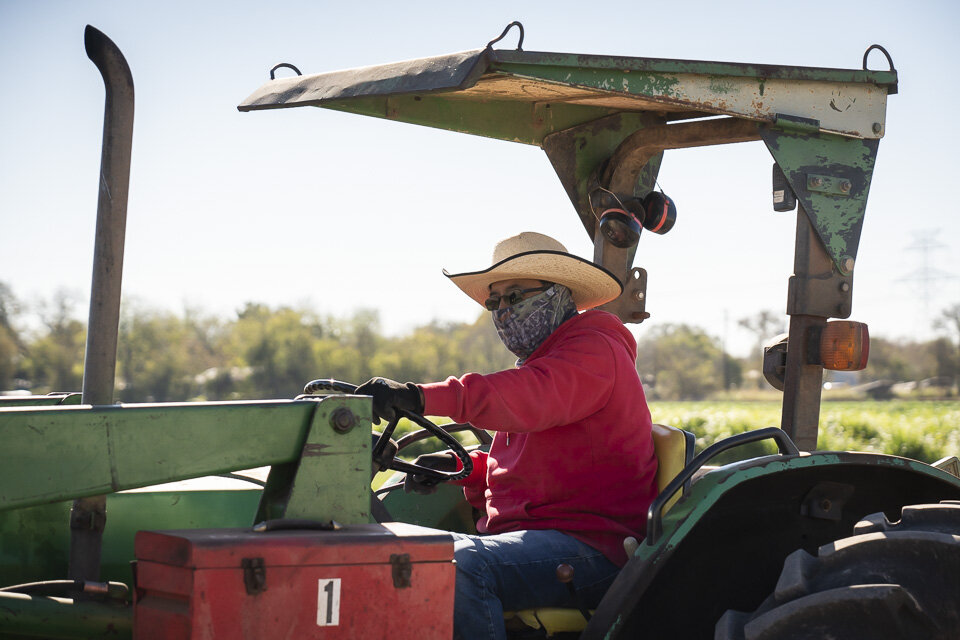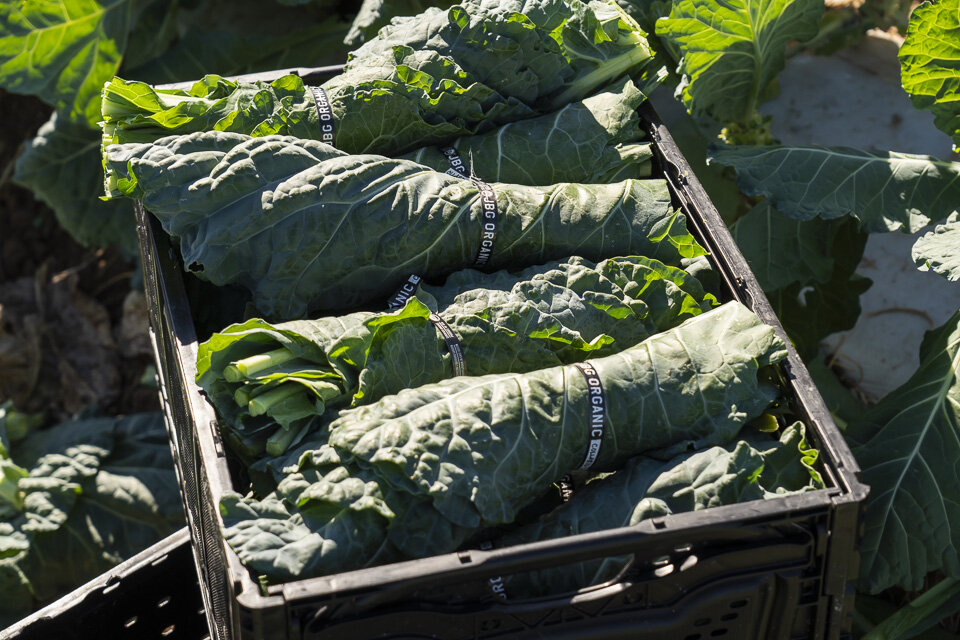The old Robert Mueller Municipal Airport air traffic control tower, built in 1961.
One of the places that I visit many times a week here in Austin, to walk and be in more of a natural setting is Mueller Lake Park. The park is a small part of the whole Mueller development which started after the old airport closed and moved out to the former location of Bergstrom Air Force Base, which closed in 1993. It seems like so long ago now, but I definitely remember taking flights out Robert Mueller Municipal Airport, and also visiting the airbase while in High School Air Force Jr ROTC. So much has changed in Austin since I first moved here in 1983 with my parents. It’s mostly unrecognizable compared to what it was back then.
Now at Mueller, where there used to be huge runways, a terminal, and parking lots, is a massive housing development, stores, parks, a children’s hospital, and various other venues. The plan for it has slowly been carried out and built over the last 20 years and seems to be getting near completion.
There are only a few artifacts left from the old airport opened in 1930, and rebuilt in 1961, which before that was farmland. There is a large bow-trussed hangar where they have the farmer’s market and a food court. And then there is the original air traffic control tower, which I think is an aesthetically interesting Jet Age structure. Back in 2012, the Austin Film Society hired me to photograph the tower to create an image for their Christmas card that year. I do hope the city does something cool with the tower eventually. So far it’s just been sitting alone in an empty field. We will see!
“The 700-acre Mueller site, vacated when Austin’s airport relocated in 1999, is well on its way to becoming home to approximately 14,300 people, 14,500 employees, 10,500 construction jobs, 4 million square feet of office and retail, more than 6,200 homes and 140 acres of public open space. Mueller is an award-winning master planned and designed community, and in accordance with new urbanist principles.”







